For your own safety, take an Avalanche Safety Course.
Learn how to: Conduct A Rescue
U.S. Forest Service National Avalanche Center
Avalanche Safety Essentials
An Avalanche Beacon - This device is a radio transmitter and receiver that aids in finding buried victims. In order to find a person, the victim must have a beacon as well as the searcher. For this reason, every person in a party should carry one.
Searching with avalanche beacons requires specialized techniques that must be practiced before an accident.
More information on beacons: Avalanche Beacon Basic Skills.
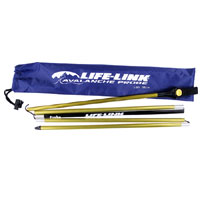
Probe - A snow probe can be anything used to probe the snow searching for a victim (e.g. ski poles or ice axes).
Commercial probes are by far the best alternative. They are generally collapsible aluminum rods.
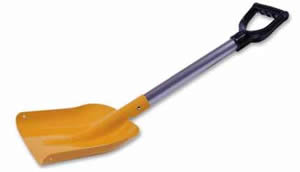
Shovel - A shovel is absolutely a must for assessing avalanche danger and rescuing buried victims.
There are several light-weight, collapsible shovels commercially available.
Read the complete explanation of The ABC's (and D) of Digging - Avalanche Shoveling Distilled to the Basics (PDF) by Bruce Edgerly (2011), Backcountry Access
Optional Avalanche Safety Gear
Airbag Pack - Avalanche Airbag packs features an inflatible airbag to help keep you at or near the surface of the snow during an avalanche.
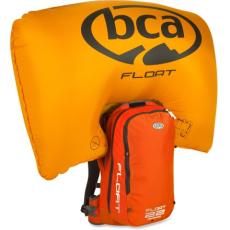
For more information visit the Backcountry Access website. This Video shows you the details of the pack.
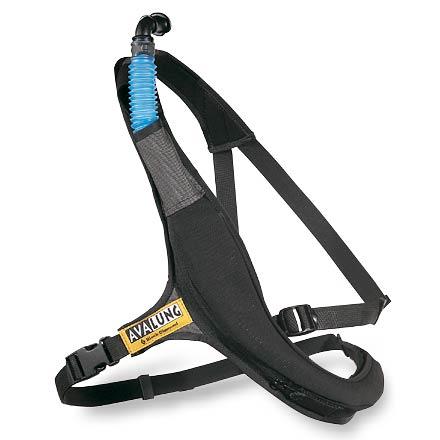
Avalung - AvaLung II™ is a remarkable filtration device that draws air directly from the snowpack, allowing you to breathe if trapped in an avalanche. More information here.
Recco - The Recco Unit is designed to detect reflector chips attached to ski clothing or embedded in ski equipment. More information here.
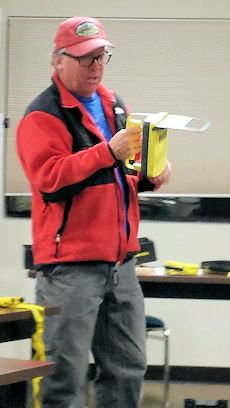
Dan Corning demonstrating the Recco Unit
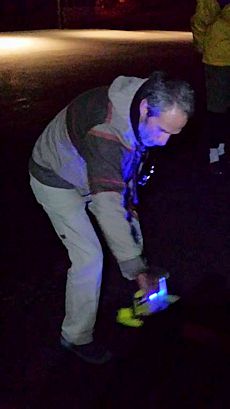
Steve Case testing the Recco Unit
RECCO® reflectors are not transceivers. They are thin, card-size units that are embedded by some manufacturers into ski products such as jackets, pants, boots, helmets—and even inside the Ortovox 3+ and S1+ transceiver models.
RECCO reflectors complement—but do NOT replace—the use of avalanche transceivers. These passive reflectors enhance the radio signals sent by the RECCO detector units used by many search-and-rescue organizations. This may mean quicker acquisition of a victim's position in an avalanche.
The RECCO system offers many benefits:
- The reflector is a passive, battery-free device that requires no action or education on the part of the wearer.
- It is imbedded in the gear, so it's likely to stay with the person buried in an avalanche.
- When a signal is received, RECCO detectors lead the operator in a direct line to the victim. These signals can be picked up by either ground- or helicopter-based searchers.
- RECCO signals are not related to, nor do they interfere with, transceiver searches, so both approaches can be used in the same area at the same time.
From REI